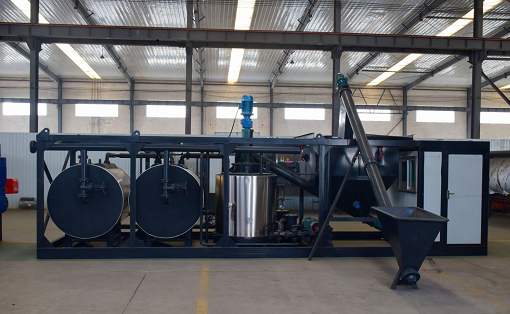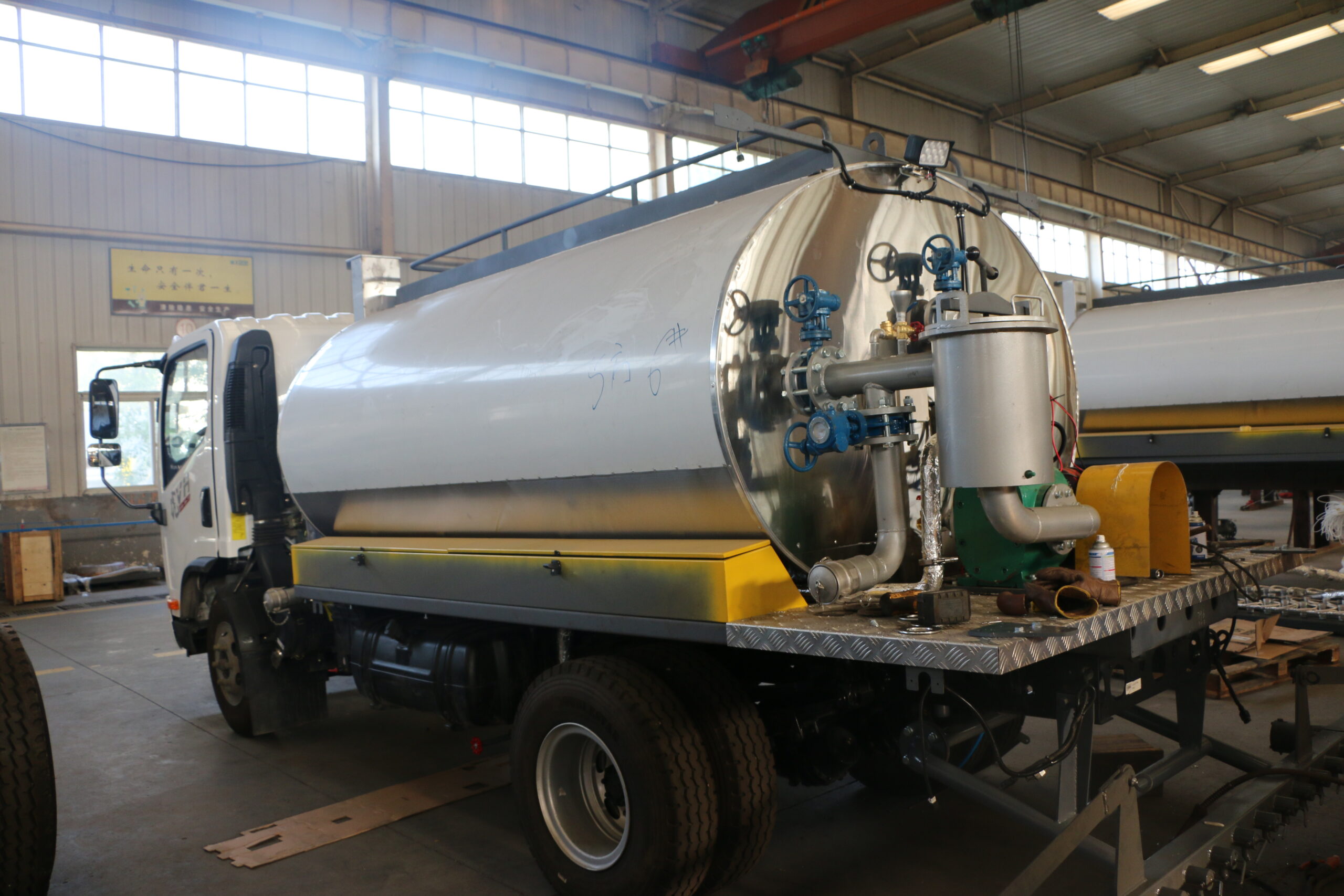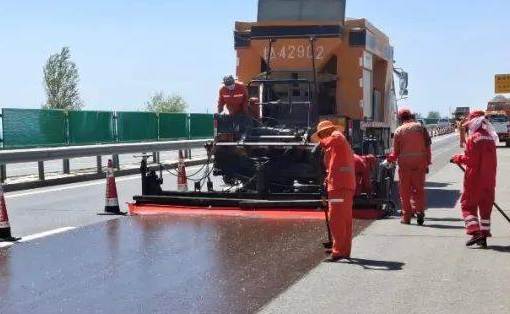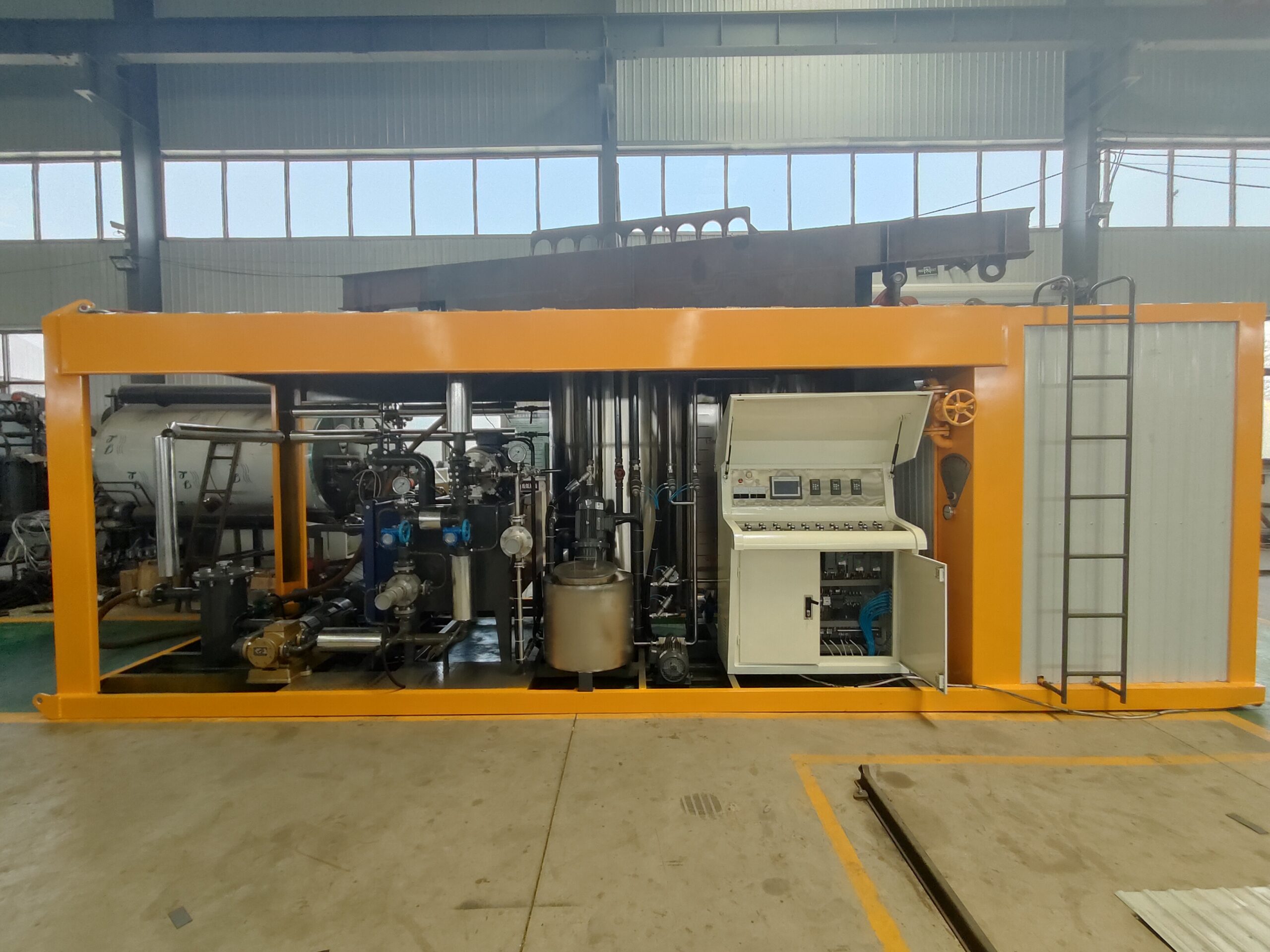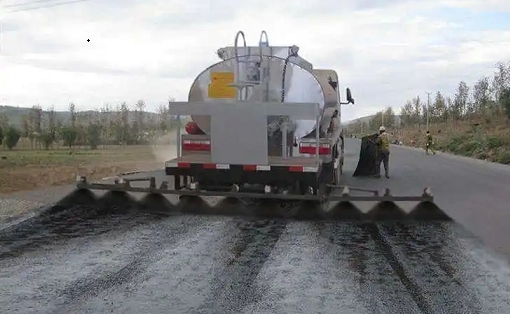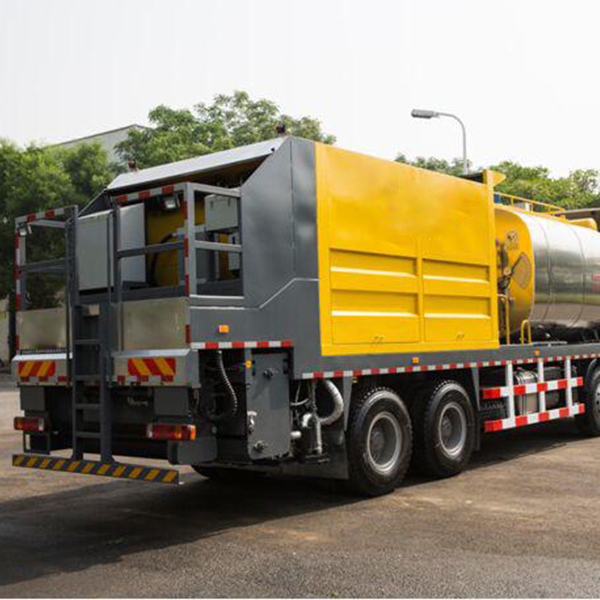Is a thick seal better or a thin one when applying slurry seal?
The function of slurry seal is to use appropriately graded stone chips or sand, fillers (cement, lime, fly ash, stone powder, etc.) and emulsified asphalt, admixtures and water, and mix them in a certain proportion to form a flowing asphalt mixture, which is evenly spread on the road surface to form an asphalt seal. This seal is mainly used for roads in rainy areas, especially when the gaps in the asphalt surface layer are large and easy to seep water, the slurry seal can effectively solve this problem.
In addition, after the base layer is laid, if the asphalt surface layer cannot be laid in time and traffic needs to be opened, the slurry seal also plays a key role. It can temporarily close the road surface to prevent rainwater from penetrating, while protecting the base layer from damage. The slurry seal has strong fluidity and can better adapt to various road conditions to ensure construction quality and efficiency.
Compared with the viscous seal, the slurry seal has higher adaptability and flexibility. Due to its poor fluidity, the viscous seal is more difficult to spread evenly during construction, and it is more likely to flow in a humid environment, affecting the construction effect. The slurry seal, due to its strong fluidity, can better cover the entire road surface and ensure the uniformity and integrity of the seal.
In practical applications, the slurry seal also has the advantages of fast construction speed and low cost. Due to its good fluidity, less equipment and manpower are required during construction, which greatly shortens the construction period. In addition, the material cost of the slurry seal is relatively low, which effectively controls the overall construction cost.
Therefore, when choosing the seal material, the slurry seal has become a more ideal choice due to its excellent performance and economy. Whether it is for road maintenance in rainy areas or for base protection, the slurry seal can play an important role in ensuring the safety and service life of the road.
The function of slurry seal is to use appropriately graded stone chips or sand, fillers (cement, lime, fly ash, stone powder, etc.) and emulsified asphalt, admixtures and water, and mix them in a certain proportion to form a flowing asphalt mixture, which is evenly spread on the road surface to form an asphalt seal. This seal is mainly used for roads in rainy areas, especially when the gaps in the asphalt surface layer are large and easy to seep water, the slurry seal can effectively solve this problem.
In addition, after the base layer is laid, if the asphalt surface layer cannot be laid in time and traffic needs to be opened, the slurry seal also plays a key role. It can temporarily close the road surface to prevent rainwater from penetrating, while protecting the base layer from damage. The slurry seal has strong fluidity and can better adapt to various road conditions to ensure construction quality and efficiency.
Compared with the viscous seal, the slurry seal has higher adaptability and flexibility. Due to its poor fluidity, the viscous seal is more difficult to spread evenly during construction, and it is more likely to flow in a humid environment, affecting the construction effect. The slurry seal, due to its strong fluidity, can better cover the entire road surface and ensure the uniformity and integrity of the seal.
In practical applications, the slurry seal also has the advantages of fast construction speed and low cost. Due to its good fluidity, less equipment and manpower are required during construction, which greatly shortens the construction period. In addition, the material cost of the slurry seal is relatively low, which effectively controls the overall construction cost.
Therefore, when choosing the seal material, the slurry seal has become a more ideal choice due to its excellent performance and economy. Whether it is for road maintenance in rainy areas or for base protection, the slurry seal can play an important role in ensuring the safety and service life of the road.










